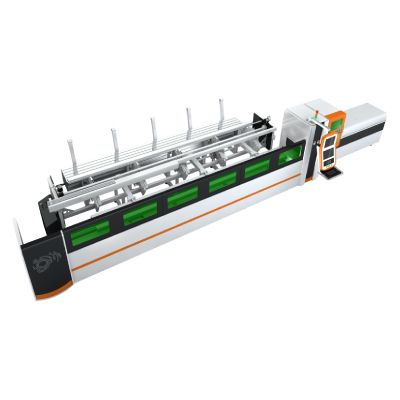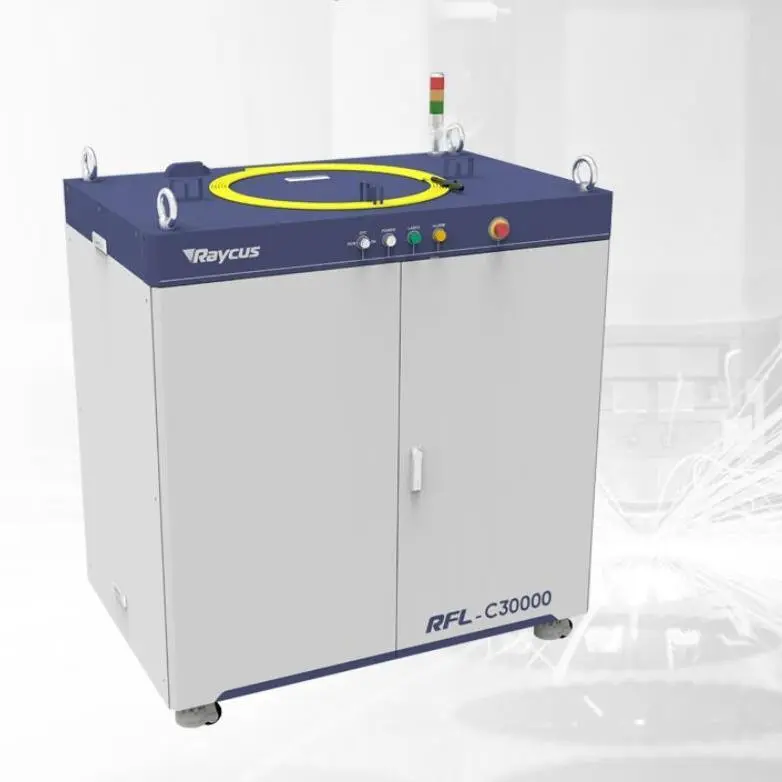In the ever-evolving world of manufacturing, CNC machines have established themselves as essential tools for a wide array of materials, one of which is copper. The ability to precisely cut, shape, and engrave copper components has made CNC machines invaluable in various industries. This article delves into the significance of CNC machines for copper, outlining their functionalities, applications, and the advantages they bring to the manufacturing processes.
Understanding CNC Machines
CNC, which stands for Computer Numerical Control, refers to a technology that automates machine tools through computer programming. A CNC machine can manipulate tools such as lathes, mills, and routers to produce intricate designs and complex geometries with unmatched precision. By eliminating the manual operation of machines, CNC technology minimizes human error, enhances repeatability, and allows for the production of high-quality components.
The Importance of Copper in Manufacturing
Copper is a highly conductive metal, making it an essential material in various industries, including electronics, automotive, telecommunications, and construction. Its excellent electrical and thermal conductivity, combined with its corrosion resistance and malleability, makes copper ideal for many applications. However, working with copper presents challenges due to its softness, which can lead to difficulties in achieving detailed shapes and fine finishes.
CNC Machining Process for Copper
Using CNC machines for copper fabrication involves several processes, each designed to maximize the efficiency and quality of the final product. The most common CNC machining processes for copper include:
1. **CNC Milling**: This process involves using rotary cutters to remove material from a workpiece. CNC milling machines can execute complex designs through a combination of horizontal and vertical cutting movements, allowing for intricate shapes and patterns to be formed from copper blocks.
2. **CNC Turning**: In CNC turning, a workpiece is rotated while a stationary cutting tool removes material, primarily used for cylindrical components. This method is particularly effective for producing fitting parts, valves, and other round copper items.
3. **CNC Laser Cutting**: Laser cutting employs concentrated beams of light to melt away material. This process is ideal for cutting thin sheets of copper with high precision and minimal thermal distortion, making it suitable for detailed designs.
4. **CNC Plasma Cutting**: Like laser cutting, plasma cutting uses high-temperature plasma to cut through metallic materials. Plasma cutting is advantageous for thicker copper sheets and can achieve rapid cutting speeds while maintaining reasonable accuracy.
5. **CNC Water Jet Cutting**: This process utilizes high-pressure jets of water mixed with abrasive materials to cut through various materials, including copper. Water jet cutting is effective for intricate patterns without generating heat, thus preserving the metal’s properties.

CNC Machines for Copper: Revolutionizing Metal Fabrication Processes and Enhancing Precision in Manufacturing
Benefits of CNC Machining for Copper
The use of CNC machines for copper fabrication offers numerous benefits:
1. **Precision and Quality**: CNC machines deliver exceptional accuracy, allowing manufacturers to produce components that meet strict tolerances. This precision is crucial for industries like electronics, where small defects can lead to significant performance issues.
2. **Increased Production Speed**: CNC machinery operates at high speeds, enabling manufacturers to produce larger quantities of copper components in shorter time frames. This increase in throughput can lead to substantial cost savings and improved profitability.
3. **Versatility and Flexibility**: CNC machines can easily be reprogrammed to accommodate different designs, making them versatile tools for companies that require short production runs or frequent changes in product designs.

CNC Machines for Copper: Revolutionizing Metal Fabrication Processes and Enhancing Precision in Manufacturing
4. **Reduced Waste**: By maximizing material usage and minimizing cutting errors, CNC machining significantly reduces waste, contributing to more sustainable manufacturing practices.

CNC Machines for Copper: Revolutionizing Metal Fabrication Processes and Enhancing Precision in Manufacturing
5. **Enhanced Safety**: The automation of CNC machines reduces the need for manual handling of tools and materials, thereby enhancing workplace safety and minimizing the risk of accidents.
Applications of CNC Machines for Copper
CNC machines are employed in a variety of sectors that require copper components, including:
– **Electrical Components**: Connectors, circuit boards, and other electronic parts rely on highly precise copper fabrication for optimal performance.
– **Automotive Parts**: Components such as radiator cores, electrical connectors, and wiring harnesses benefit from CNC machined copper.
– **Aerospace**: Lightweight yet durable copper parts are vital in aerospace applications, where precision and reliability are paramount.
– **Art and Design**: Sculptors and designers often use CNC machines to create intricate copper art pieces and architectural elements.
Conclusion
The integration of CNC machines into copper fabrication has transformed manufacturing processes across numerous industries. With extraordinary precision, speed, and versatility, CNC machines enable manufacturers to produce high-quality copper components while minimizing waste and enhancing safety. As technology continues to advance, the role of CNC machining for copper will undoubtedly expand, further solidifying its importance in modern manufacturing. Enclosed Fiber Laser Cutting Machine



